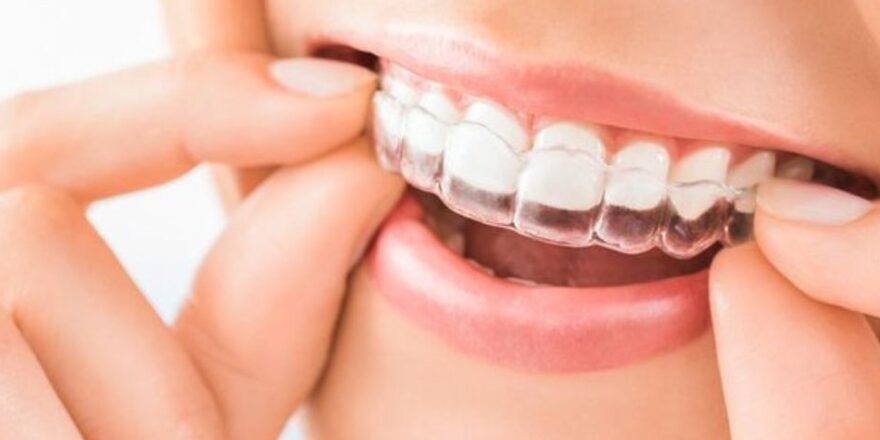Achieving a perfect bite goes beyond just aesthetics; it’s about ensuring the proper alignment of your teeth and jaws, which is crucial for overall oral health. Orthodontic treatments play a pivotal role in correcting misalignments and achieving that ideal bite. Let’s delve into the world of orthodontics and explore the various treatments available to attain a straight and harmonious smile.
The Importance of a Perfect Bite
A perfect bite, or occlusion, occurs when the upper and lower teeth fit together correctly when the jaws are closed. This alignment allows for efficient chewing, reduces the risk of tooth wear and fracture, prevents jaw pain and dysfunction, and enhances facial aesthetics. However, many individuals experience malocclusions, or bite problems, which can range from minor misalignments to more severe issues like overbites, underbites, and crossbites.
Understanding Orthodontic Treatments
Orthodontic treatments aim to correct these bite abnormalities and improve the alignment of teeth and jaws. Here are some common orthodontic treatments used to achieve a perfect bite:
1. Braces: Braces are the most traditional orthodontic treatment and have been used for decades to straighten teeth and correct bite issues. They consist of metal brackets bonded to the teeth and connected by wires, which apply gentle pressure to gradually move the teeth into the desired position. Braces are highly effective in treating a wide range of orthodontic problems, including overcrowding, gaps between teeth, and misaligned bites.
2. Invisalign: Invisalign is a modern alternative to traditional braces that utilizes clear, removable aligners to straighten teeth. These custom-made aligners are virtually invisible and offer greater comfort and convenience compared to braces. Invisalign is particularly popular among adults and teens who prefer a discreet orthodontic solution. While it may not be suitable for all orthodontic issues, Invisalign can effectively treat mild to moderate bite problems.
3. Retainers: Retainers are orthodontic devices used to maintain the results achieved by braces or Invisalign. After completing active orthodontic treatment, patients are typically required to wear retainers to prevent teeth from shifting back to their original position. Retainers can be removable or fixed, depending on the patient’s needs. By wearing retainers as directed by their orthodontist, patients can preserve their straightened teeth and perfect bite for years to come.
4. Palatal Expanders: Palatal expanders are devices used to widen the upper jaw to correct crossbites and create more space for crowded teeth. These appliances are commonly used in growing children and adolescents to address skeletal issues that contribute to malocclusions. Palatal expanders work by applying gentle pressure to the palate, gradually widening it over time. Early intervention with palatal expanders can prevent the need for more invasive orthodontic treatments later in life.
5. Jaw Surgery: In some cases of severe malocclusions or skeletal discrepancies, orthognathic surgery, or jaw surgery, may be necessary to achieve a perfect bite. Jaw surgery involves repositioning the upper and/or lower jaws to improve their alignment and function. This procedure is typically performed in conjunction with orthodontic treatment to achieve optimal results. While jaw surgery is a more complex and invasive treatment option, it can provide life-changing benefits for individuals with severe bite problems.
Conclusion
Achieving a perfect bite is not just about having straight teeth; it’s about ensuring the proper alignment of teeth and jaws for optimal oral health and function. Orthodontic treatments offer effective solutions for correcting bite abnormalities and achieving a straight and harmonious smile. Whether it’s traditional braces, Invisalign, retainers, palatal expanders, or jaw surgery, there are various options available to address different orthodontic issues. By consulting with an experienced orthodontist, you can embark on a journey towards a healthier and more confident smile.



